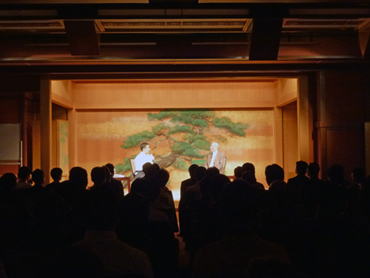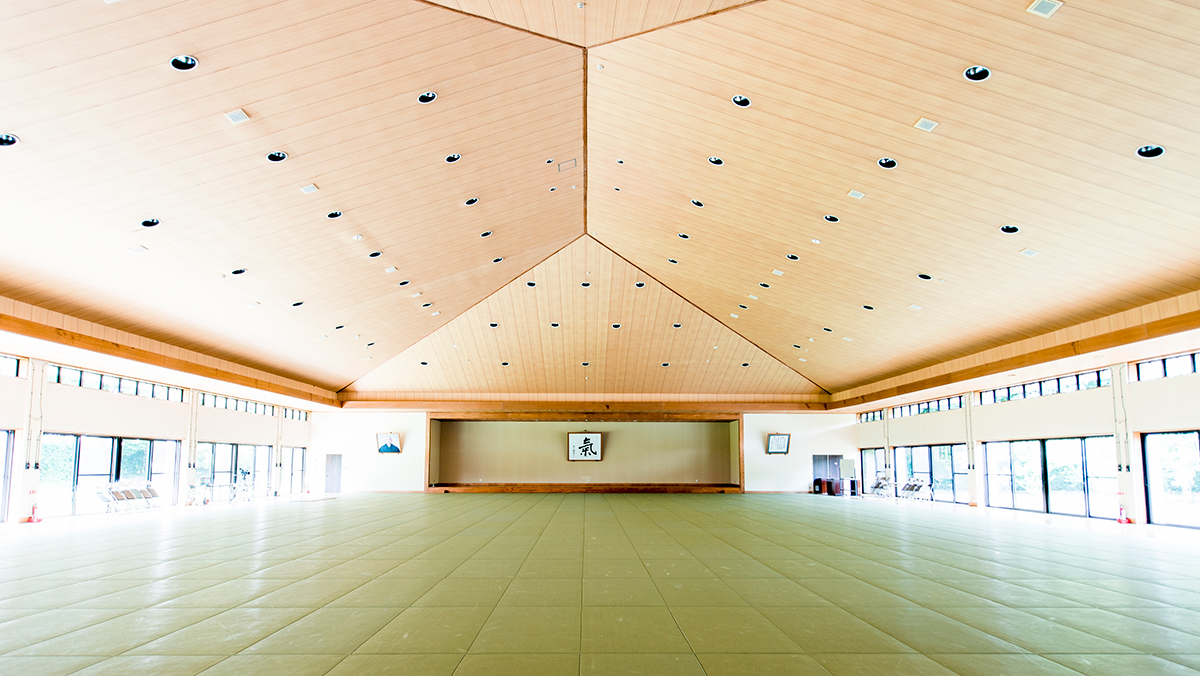
In
everything that happens, if there is a beginning there will always be an ending.
When
we begin something, we are usually very positive and extending Ki to move
forward. When we near the end of doing or accomplishing something, we tend to
look or think back and in that process pull our Ki back. Ending or completing
something is always more difficult than beginning or starting something.
Especially
for leaders, it is particularly difficult assessing and knowing the time to
quit. For example, knowing the time to retire or step down from the role as a
leader. As well as realizing the time to pull out or retire from a role in a
company or business.
If
we pull our Ki back at such a crucial time, it can impair our ability to make
correct decisions. Even though retiring or pulling out of an important role, we
always need to continue to extend Ki forward.
Soshu
Koichi Tohei Sensei realized this during his time in the war.
When
advancing forward, it is easy to extend Ki continuously. As Ki is extending
forward, it is easy to perceive and avoid a dangerous situation.
When
withdrawing, it is easy to pull Ki back. As Ki is pulled back (inwards),
dangerous signs become unnoticeable, thus making dangerous situations
unavoidable.
This
was learned by Soshu Koichi Tohei Sensei the hard way, he realized while
withdrawing to never pull Ki back, it should not be thought of as ‘withdrawing
or falling back’ but ‘proceeding and continuing back’. This helped him avoid
many dangerous situations.
Even
in Shinshin Toitsu Aikido training and practices, Soshu Koichi Tohei Sensei
always taught in this way.
An
example is: two people line up side by side at one side of the Dojo, both
facing backwards away from the other end of the Dojo. They then both start to
run at full speed (backwards) to the other end of the Dojo.
One
person extends Ki forwards (even while running backwards). As Ki is extending,
he is aware of his surroundings and is able to feel calm and confident while
running.
The
other person runs while pulling Ki inwards (still running backwards). As Ki is
not extending, he is not able to feel his surroundings and therefore feels less
confident and calm while running.
Beginners,
who take part in this exercise for the first time, are surprised by the big
difference in result just by the direction of Ki projection. This experience
also showed that even while moving back, Ki continues to move forward.
During
the [Ki Business Talk Session] seminar with Mr. Takeo Hori, we talked about
knowing the right time to step down as a leader.
Mr.
Hori retired at the age of 51 as president of Hori Production. At that time, not
only his company, Hori Production – but every talent agency in Japan, looked
like a business that would not be able to continue on to the next generation, Mr.
Hori’s purpose then was to make Hori Production into a public company that
could continue regardless of whether the new president was related to the Hori
family or not.
Even
then deciding to retire at the age of 51 still seemed very early, I asked Mr.
Hori how he came to that decision.
Convinced
that the next President of the Hori Pro Company would protect and continue the progress
of the company, Mr. Hori decided for himself that he wanted to continue to try new
things.
After
retiring, Mr. Hori was able to continue forward and take risks which he was
previously unable to take while being the president of the company, which led
to all his business decisions and ventures becoming successful.
Indeed,
a president retiring should not just retire and step down, but should think of
stepping down as a continuation and progression forward.
Even
being 83 years old, he is always still continuing forward.


